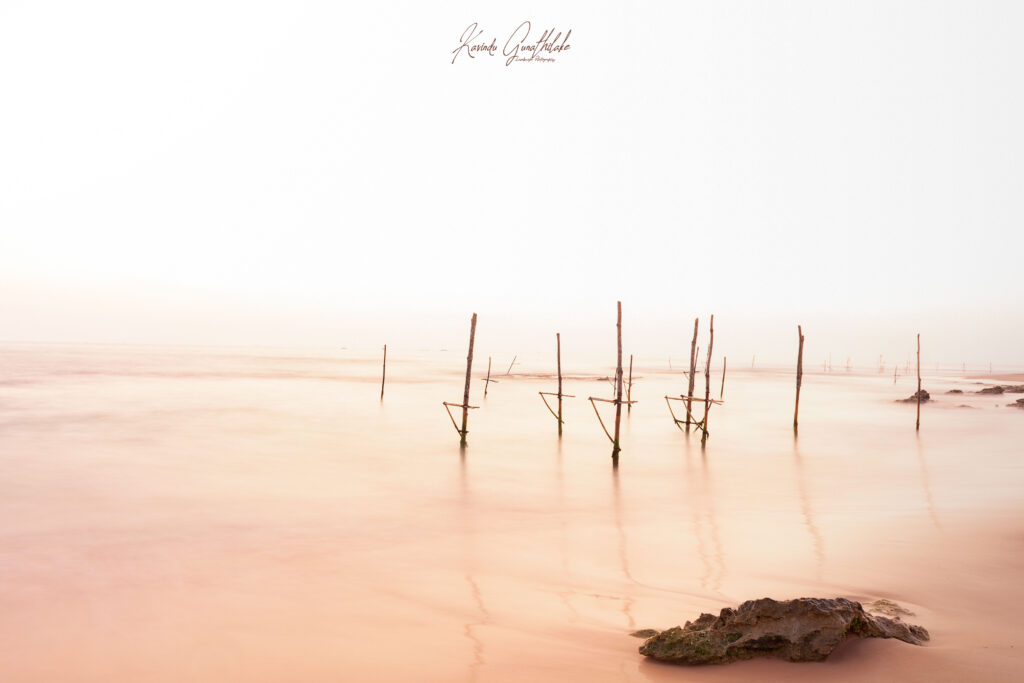Introduction
As a photographer, you have to be able to look at a scene and know what you want to achieve with it. This is known as composition. In this article, we are going to introduce the 5 BEST COMPOSITION TRICKS FOR YOUR LANDSCAPE PHOTOGRAPH. When I say ‘composition’, I don’t mean just taking pictures of things in the hope that they look nice together. Instead, I mean choosing where to place objects in your photograph so that they can tell the story best.
For example: if there are four trees and two people standing next to them on the left side, then by putting these two people closer together and having them facing each other – rather than away from each other – will make them stand out more; whereas if both stood facing away from each other than their bodies would blend into one another (at least until someone turned around).
Develop an eye for the subject
Developing an eye for the subject is a good way to start. Look at the subject and try to see what makes it unique or interesting. This can be as simple as noticing shapes in your photograph, like the lines of trees or clouds, but also looks at how light affects your subject. You may want to try taking photos of your house with different lights on—that’s where you will get some great ideas!
Once you have studied this area of landscape photography, take some time off from shooting landscapes altogether and look through photos taken by other photographers instead. You might be surprised by how many different ways there are to capture beautiful scenes!
Frame the scene
The rule of thirds is a compositional tool that helps you place your subject within the frame. It can be applied to any photograph, but it’s most effective when used to guide you in framing your landscape photos.
The rule of odds refers to placing your subject at one extreme or another of the frame: either near or far from the center point (the intersection between both lines). This method works well if you want to focus on something nearby, such as a tree growing in front of another tree across an open field.
A focal point is simply what draws viewers’ attention away from other parts of the image and towards yours instead—it’s basically where all eyes will go when looking at any picture! If there isn’t one obvious focal point in your composition, try moving around until one appears; sometimes it’ll take multiple tries before finding just the right placement/framing. Avoid clutter by avoiding unnecessary objects like telephone poles that could interfere with seeing through into other parts–don’t let them distract us from what matters most.
The quality of light is the most important element to consider when composing a photograph. This includes the direction of the light and its color, as well as the contrast between objects in your image. You have to use best composition tricks always.
Light can be reflected off surfaces such as water or clouds and cast shadows on nearby objects such as trees or buildings. It also affects how much detail you see in an object’s surface texture (how shiny it looks).
For example, if you’re photographing a tree against a bright sky with no other sources of illumination nearby, then there won’t be much detail on its bark until you move closer so that some indirect light gets into your shot from behind it—and even then, only if you’ve managed to capture this angle correctly!
Look at my Adobe portfolio: https://sdpwebstore.myportfolio.com/
Cut out clutter
The first thing you need to do is make sure that your subject is in focus. If the background is too distracting, then it will make it difficult for people who are looking at your photograph to focus on what’s important: the subject of their interest.
To get rid of clutter in a landscape photo, try using one of these three lenses: a wide-angle lens (around 25mm), a telephoto lens (around 300mm), or even better yet both! You can use them together as they will magnify any imperfections in composition so that they become less noticeable.
Take your time to compose your photographs
As a landscape photographer, it is important to take your time to compose your photographs. While this may sound like common sense, many photographers rush through their photo sessions and end up with poor-quality shots. Don’t be afraid to take multiple shots if you think that the first one isn’t good enough! Always try to use the best composition tricks.
An experienced photographer can use anything from a tripod or monopod (a sort of tripod with a single foot sturdy enough to support your camera) to help them get better angles on their subject while they’re taking pictures outdoors in nature.
The best way though is by using something called “the rule of thirds” which basically means placing visual elements in such a way that they break up the image into thirds horizontally and vertically so that viewers’ eyes naturally fall toward those areas where there’s more space between objects in order for them not feel cramped up inside their frame when looking at their subject matter within each section towards its borders.”
What are the best composition tricks



Pingback: COMPOSITION TRICKS | Traveller Duet
Pingback: 5 tips for selecting the best lens for landscape photography
Pingback: 5 new awesome reasons why a tripod essential in photography
Pingback: Composition Tricks | 1 new way to accomplish your skills